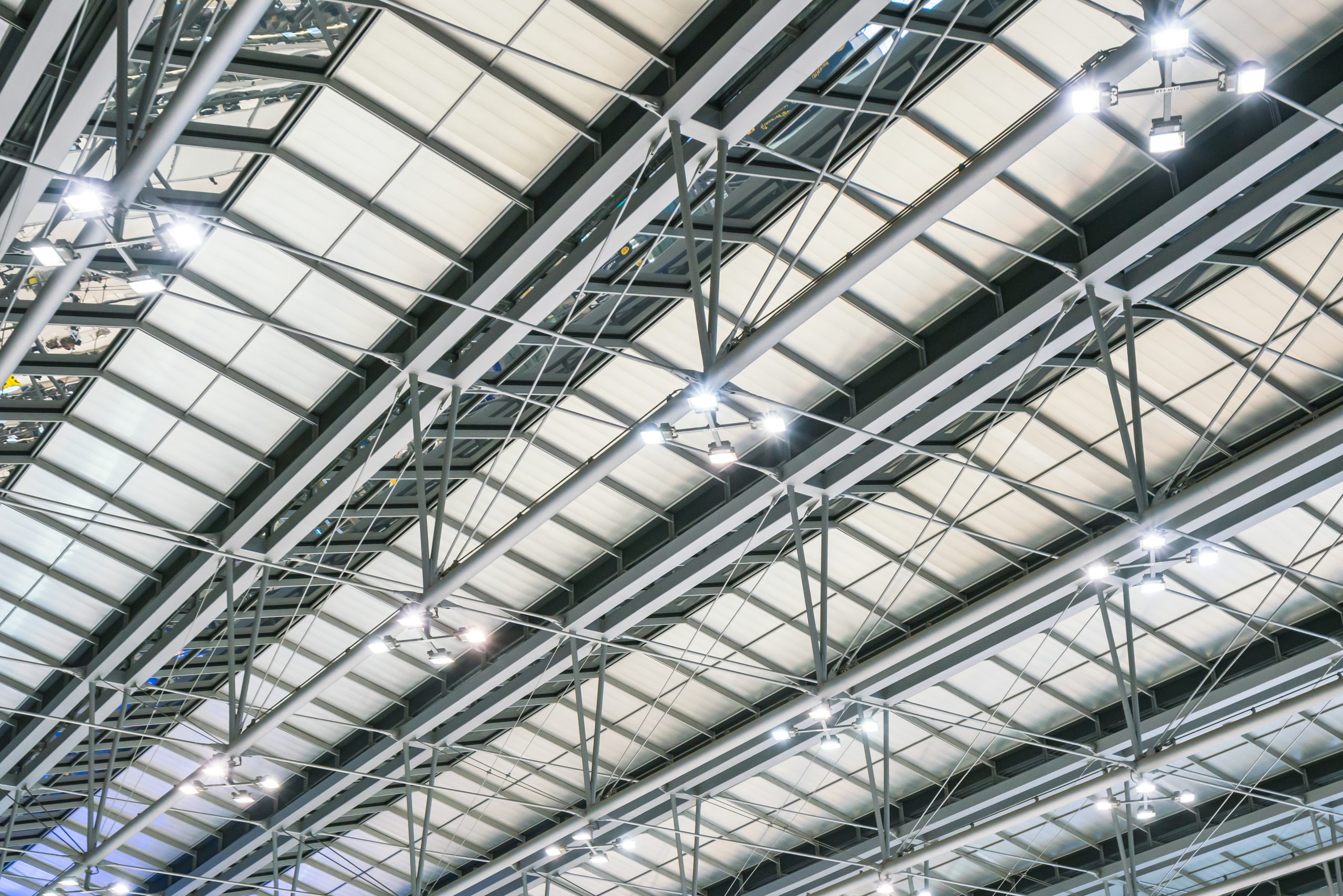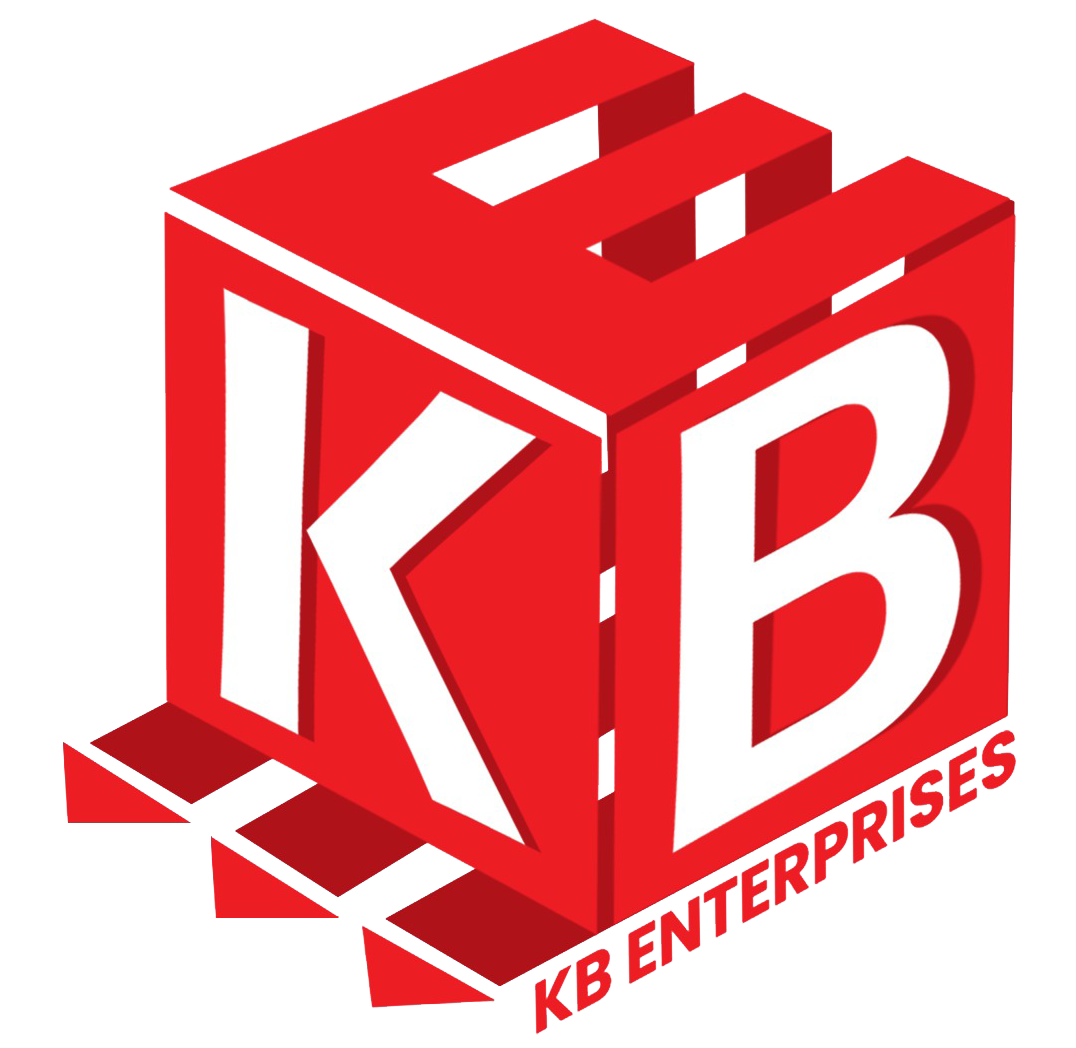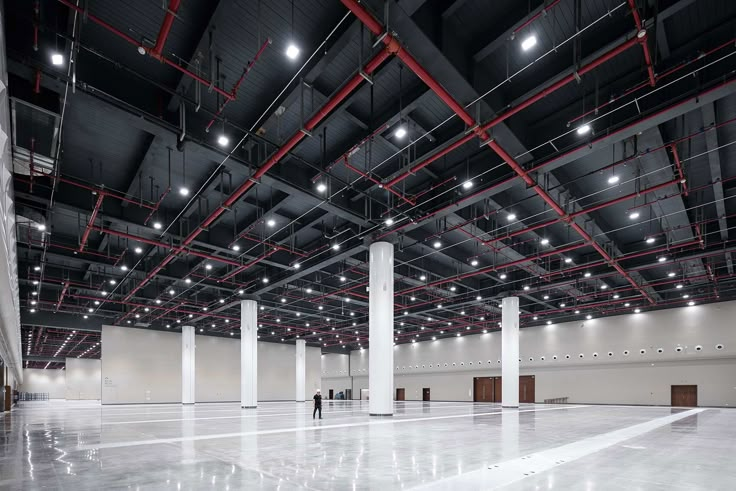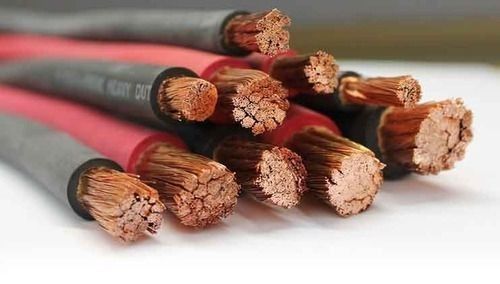Industrial lighting plays a critical role in ensuring safety, efficiency, and productivity in commercial and manufacturing environments. Whether it’s a warehouse, factory, or large workshop, the right lighting enhances visibility, supports employee performance, and reduces energy costs. In this guide, we’ll explore the types of industrial lights, essential lighting terminology, and their real-world applications.
What Is Industrial Lighting?
Industrial lighting refers to lighting systems designed to withstand harsh environments, provide high illumination levels, and operate efficiently over long periods. Unlike residential lighting, industrial fixtures are built for durability, high lumen output, and sometimes resistance to heat, chemicals, or dust.

Types of Industrial Lights
1. High Bay Lights
- Ideal for ceilings 20 feet or higher
- Used in warehouses, factories, gymnasiums
2. Low Bay Lights
Suitable for lower ceilings (below 20 feet)
Often found in workshops or small storage areas
3. LED Industrial Lights
Energy-efficient, long-lasting
Available in various forms: linear, UFO, panel
4. Flood Lights
Provide wide-area lighting
Used outdoors or in large open indoor areas
5. Hazardous Location Lights
Explosion-proof fixtures
Used in chemical plants, oil & gas facilities
6. Task Lights
Provide focused lighting for detailed work
Common in inspection stations and assembly lines
Key Terminology to Know
- • Lumens – A measure of total light output. Higher lumens = brighter light.
• Watts – The amount of energy consumed. With LED, fewer watts are needed for more lumens.
• Color Temperature – Measured in Kelvin (K), it defines the color of light:
- 3000K = Warm white
- 4000K = Neutral white
- 5000K–6500K = Cool white (daylight)
- • CRI (Color Rendering Index) – Indicates how accurately a light shows colors. Higher CRI is better (80+ for industrial use).
- IP Rating – Stands for Ingress Protection, which shows resistance to dust and water (e.g., IP65 = dust-tight and water-resistant).
Applications of Industrial Lighting
Warehouses & Storage Facilities – Require high bay LEDs for bright, uniform lighting.
Manufacturing Units – Need task lighting for precision and safety.
Parking Lots & Outdoor Yards – Use weatherproof floodlights or pole-mounted LEDs.
Hazard Zones – Must use explosion-proof lighting for safety compliance.

Why Choose KB Enterprises for Industrial Lighting?
At KB Enterprises, we offer a wide range of industrial lighting solutions designed to meet diverse operational needs. From LED high bays to hazard-proof fixtures, our products ensure reliability, energy efficiency, and safety. Our expert team provides tailored lighting advice to suit every industrial setup.
FAQs
1: What’s the best type of lighting for a warehouse?
LED high bay lights are ideal due to their energy efficiency, long lifespan, and ability to provide bright illumination from high ceilings.
2: Are LED industrial lights better than traditional ones?
Yes, LED lights consume less energy, have longer service lives, and offer better lighting quality with lower maintenance costs.
4: What is the recommended CRI for industrial lighting?
A CRI of 80 or higher is suitable for most industrial applications, especially where color accuracy is important.
Conclusion
Choosing the right industrial lighting involves understanding the types, key terminology, and specific application requirements. With the right fixtures, you can improve safety, productivity, and energy efficiency in your facility.


